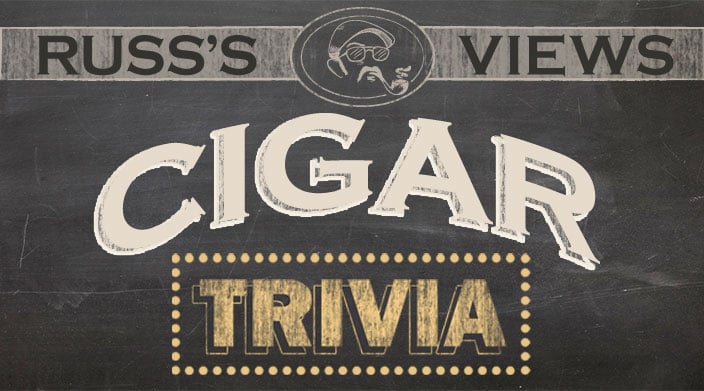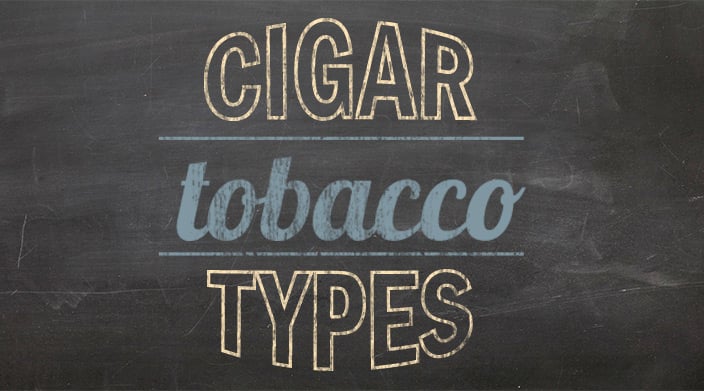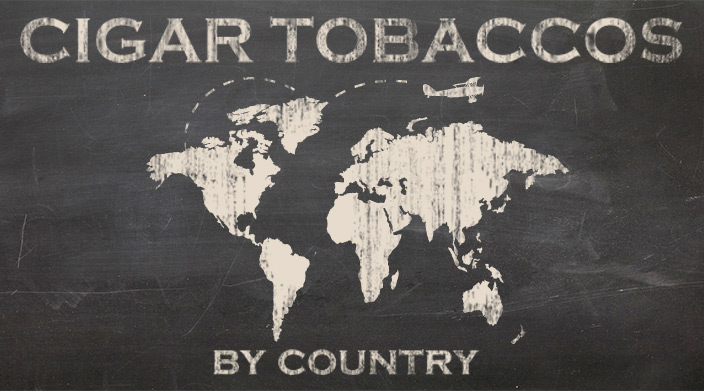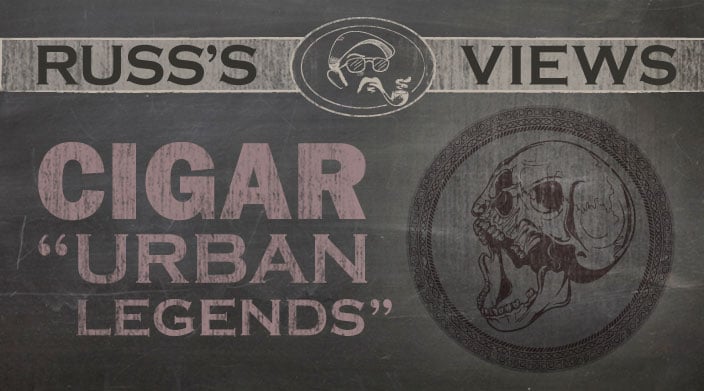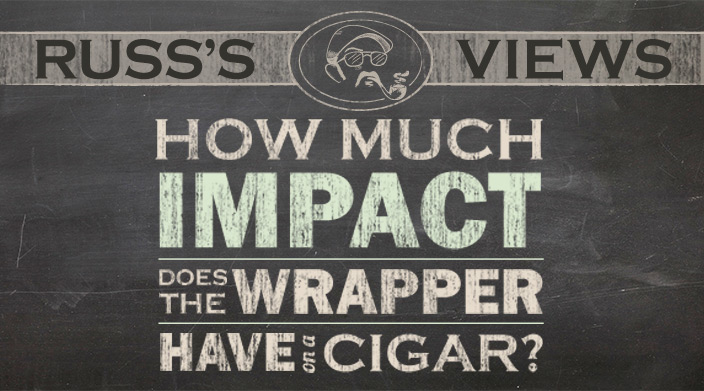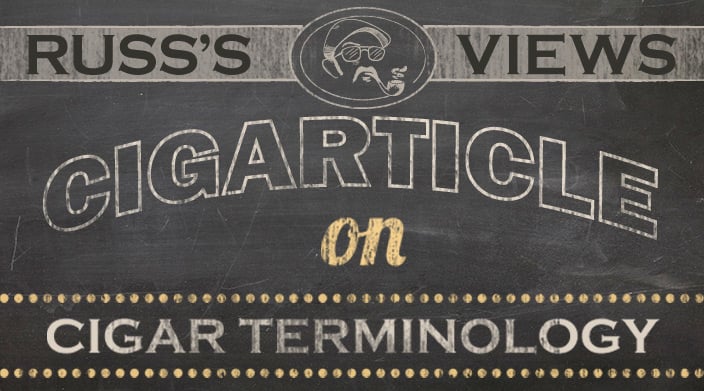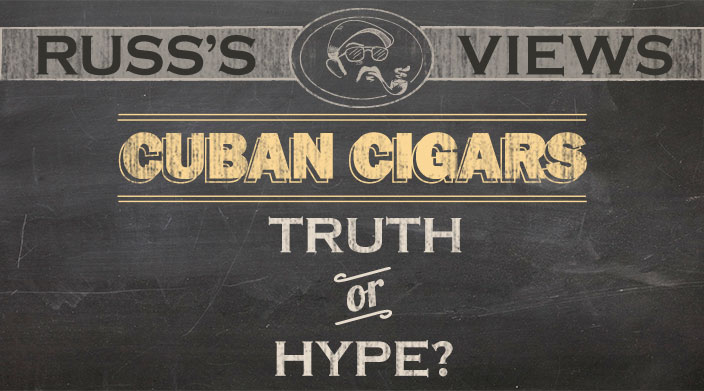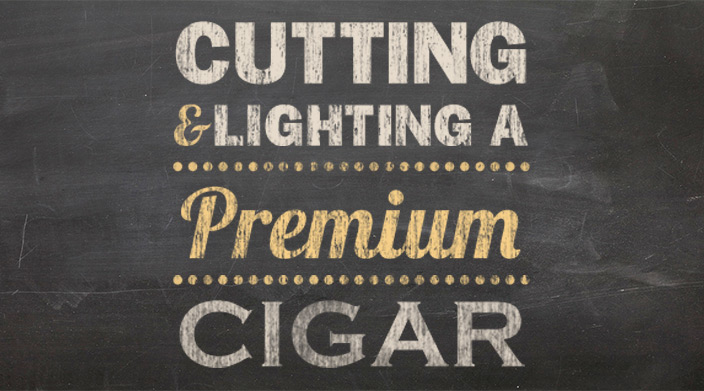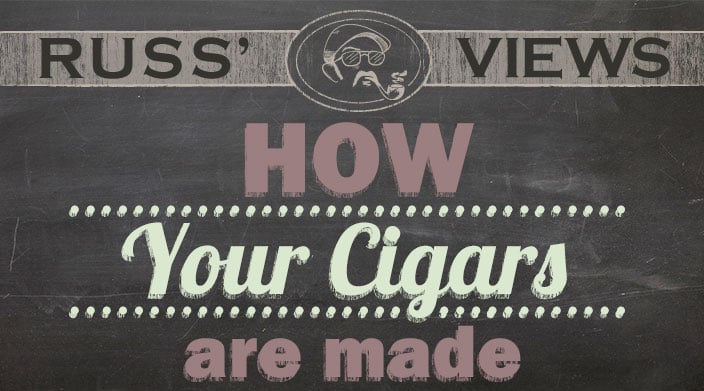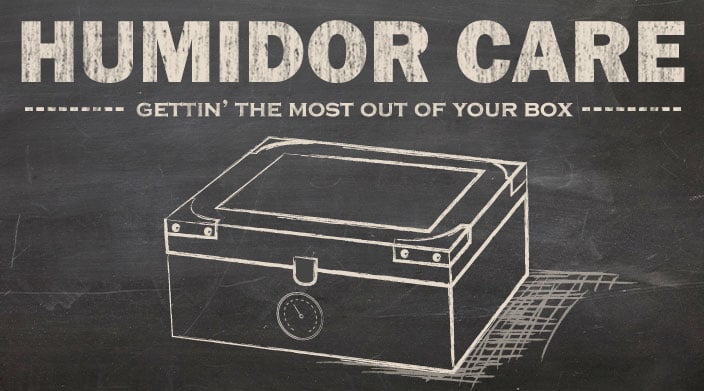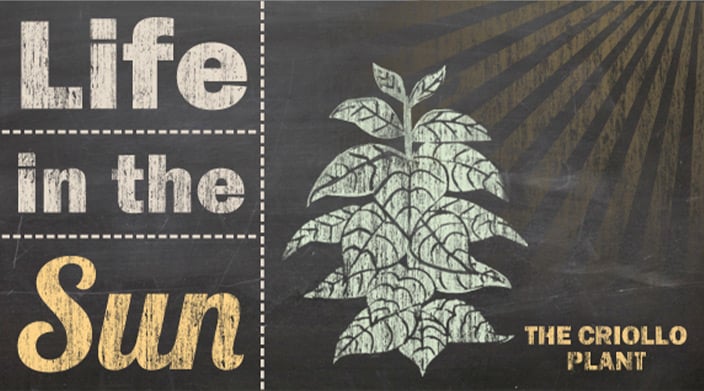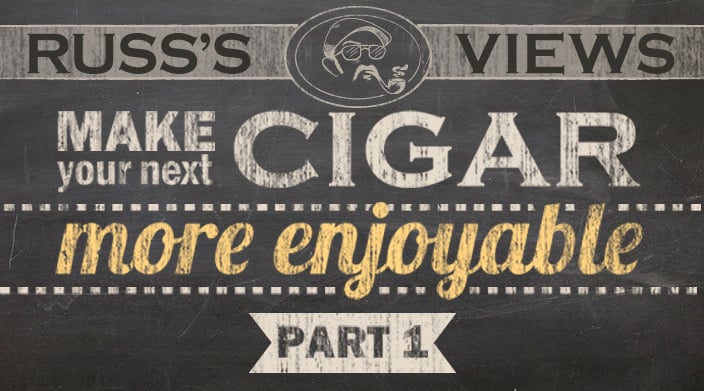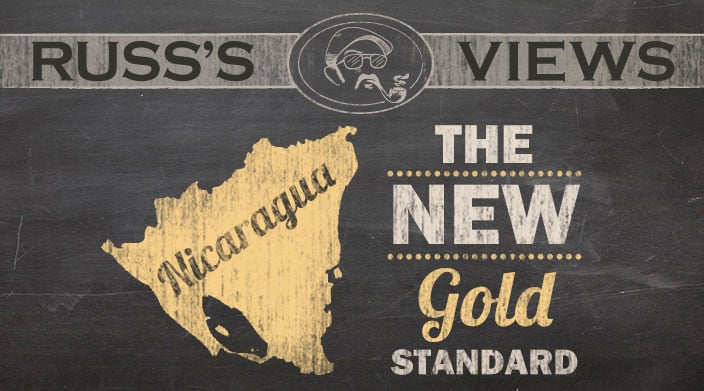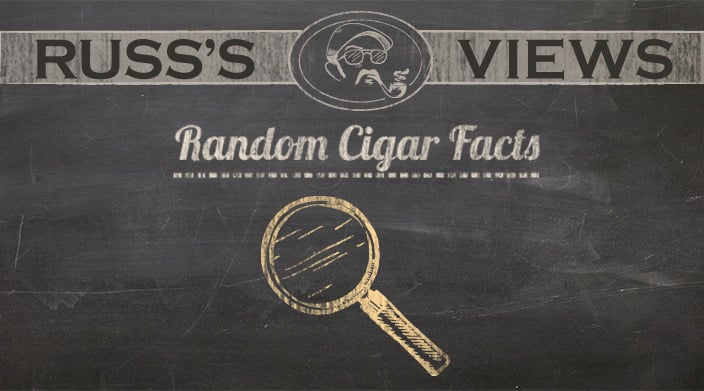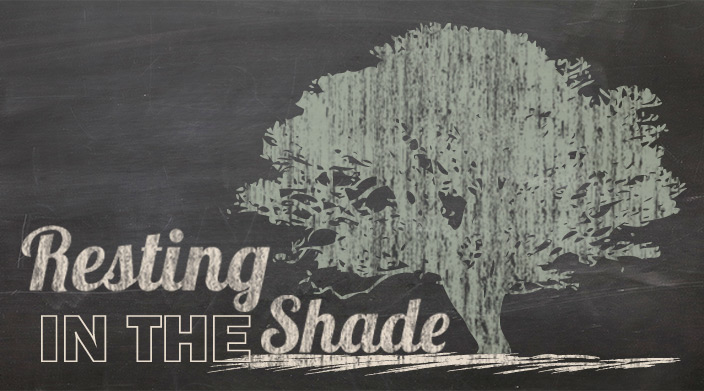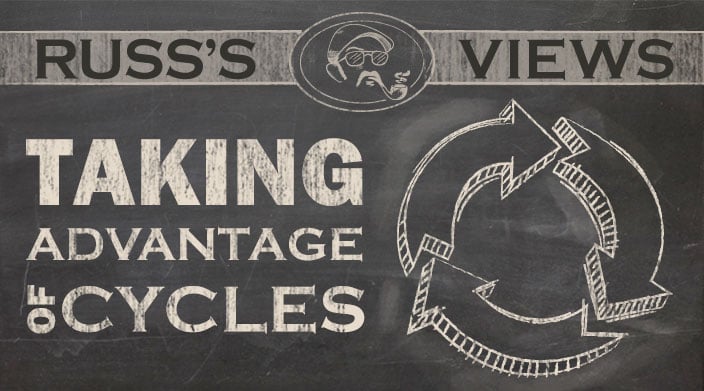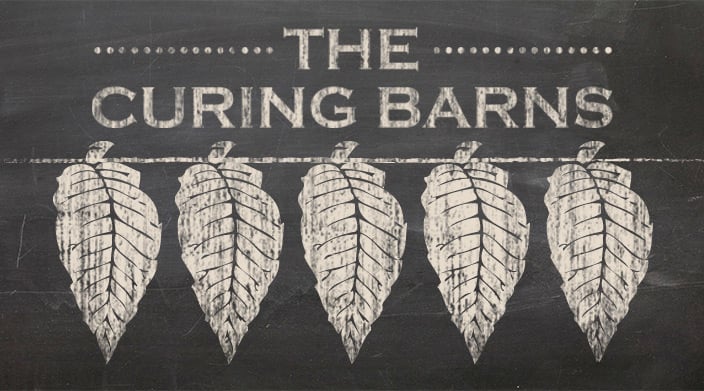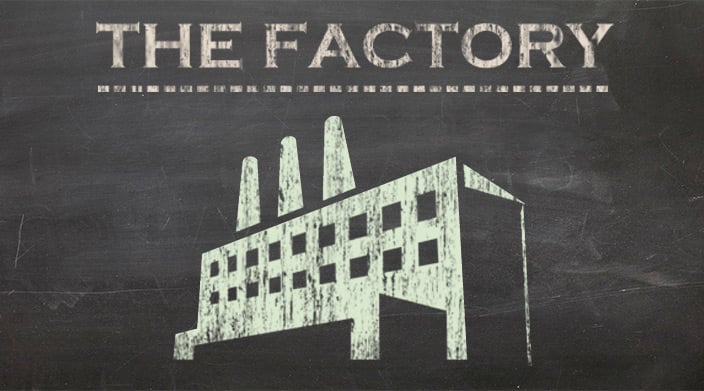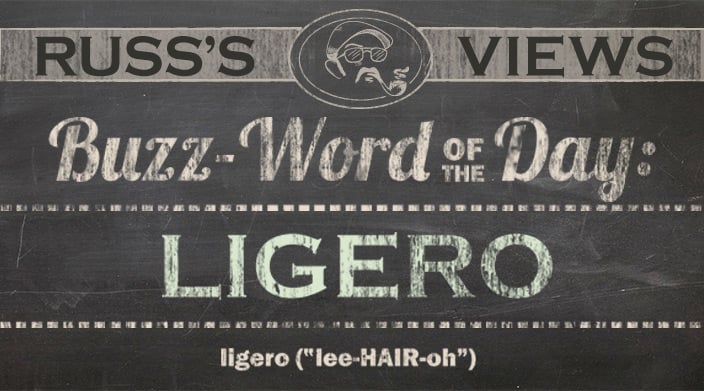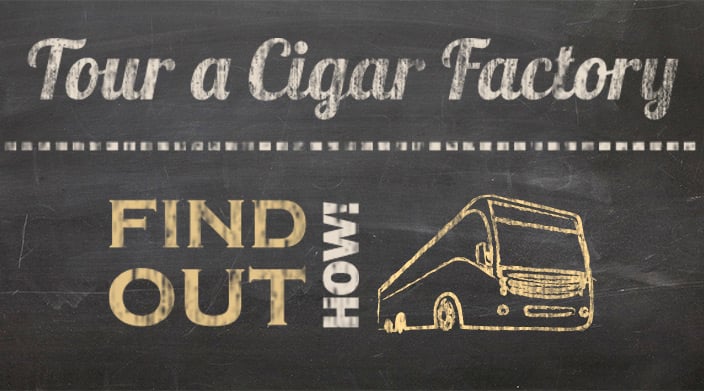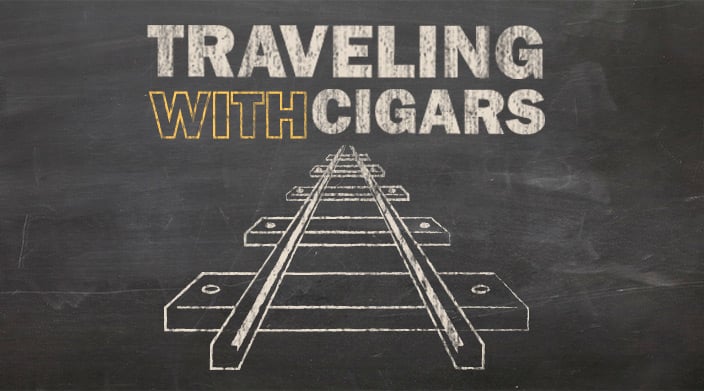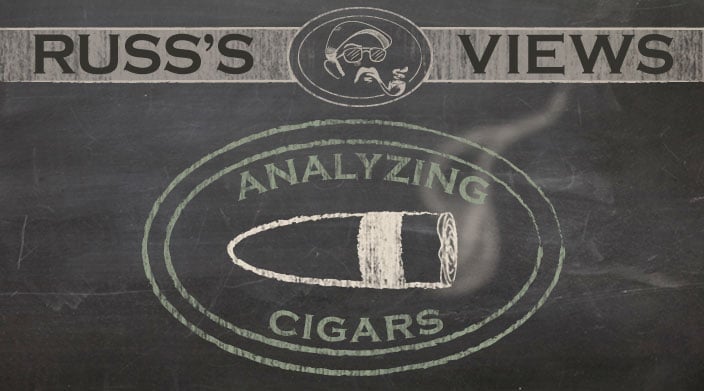One of the problems with trivia is that a lot of it is apocryphal or outright lies. Some trivia sounds so intriguing that we want it to be true because it has an air of romance or strangeness about it. Such is the case with the first item on my list: the origin of the cigar band. The legend has it that the cigar band originated with Catherine the Great (yes, that Catherine the Great). She was purported to have smoked Cuban cigars, and that she would become annoyed when her fingers would get stained by the wrapper, so she ordered her cigars to have a silk ribbon around them to protect her digits.
The story has some great elements- a famous person, an elegant solution to a problem, and the origin of an iconic product. It’s a wonderful story, outside of being impossible to prove, and most likely untrue.
The most reasonable answer to the birth of the cigar band has roots in Europe. There were a number of cigar factories over there that produced smokes for the masses- inexpensive sticks that sold for around a penny. However, some less-than-reputable people would collect boxes from Cuban makers and pack them with these cheaper stogies, but sell them around the same price as their Habano counterparts, which was around 10 times the cost of the cheapies.
In response to concerns of this sort, Gustave Bock began shipping his cigars from Cuba to the continent with paper bands on them that identified the cigars as authentic. It didn’t take long for other makers to follow suit, and the rest, as they say, is history.
One piece of trivia that is confirmed to be true is that of the oldest continuously produced brand of cigars, with an interesting backstory.
In the early 1800s there were many shops in Cuba that rolled their own cigars, and they were well-known for their own blends as well as custom blends that they would make for clients. These special blends would be named for the person who ordered them. One such customer was Ignacio Larrañaga whose custom blend sold so well that the maker put a sign in the window proclaiming that they made cigars “por Larrañga” or “for Larrañaga.” The trademark was registered in 1834, which makes it the longest-tenured continuously made brand of cigars- a total of 177 years.
Here are some other trivial tidbits: Connecticut Shade tobacco (also known as Windsor Shade) is grown in the area around Windsor and Granby. If you drive from I-95 to Bradley International Airport, you can clearly see fields covered with tents of white cloth (called tapedas) that are protecting the plants from direct sunlight. While interesting, that’s not really trivia as it’s fairly common knowledge, but this isn’t- even though Connecticut Shade has been grown there since the 1930s, it is actually grown from the seeds of a Cuban strain known as Hazelwood.
Speaking of Connecticut, there is another little-known piece of information regarding cigar tobacco growing in the Nutmeg State: Connecticut Shade and Broadleaf are not the only types of cigar leaf being grown there.
On a buying trip for wrapper leaf, representatives of Drew Estate noticed something unusual in the barn- a whole tobacco plant hanging upside down. After expressing their curiosity, they were informed that it was a Cuban strain, and that they were curing it using a rare method. They stalk-cut the plant, meaning that they didn’t harvest the leaf row by row, but they cut the entire plant down and hung it in the barn to allow the remaining nutrients to migrate to the leaves, making for a very rich and flavorful leaf. After tasting some of the leaf, the folks from Drew Estate knew that they could have something special on their hands, so they bought a load of the leaf (designated T-52) and used it as the wrapper of an offshoot of the Liga Privada #9, which they named Liga Privada T-52, a lighter but spicier version of the top-shelf cigar. So if you tried one of these robust flavor bombs, you now know that the wrapper comes from good old Connecticut.
Up until the 1950s, the perfecto shape was one of the more popular vitolas. If you look at old cartoons, you’ll notice that most cigar smoking characters puffed on the football-shaped cigar. From the fifties on, parejos (round head, straight sides) like the corona, Lonsdale, and panatela became the bulk of the market, and later, with our desire for bigger, chunkier cigars, we saw the growth of the robusto, toro, and gordo. The perfecto recently has made a comeback, and its newfound rejuvenation has led to a flock of them, along with similar shapes like the diadema and salamone, coming to market. But where did the double taper cigar come from?
Cigar smokers who worked outdoors, (especially on a boat or ship) found it difficult to light their cigars properly if there was any wind, and it was even more difficult with only one hand free. The clever answer was to bring the foot of the cigar to a point, so only a very small spot needed to be lit to get the stick going, and to burn fairly evenly. One of the best known premium cigars is the Fuente 8-5-8. This Lonsdale/cazadore shape (6x47) has been a mainstay of the Arturo Fuente company since the 1970s, but how exactly did it get its name? In its earlier days, the Fuente company rolled cigars in Florida, mostly using imported Cuban tobacco, and made quite a few machine-made shapes. But Arturo, Sr. had his favorite to smoke- a cazadore size with a mellow to medium body and a smooth, elegant flavor, but the company never sold the cigar to the public. After Arturo passed away, his son Carlos (who had taken over the company) wanted to do something as a tribute to his father, so he decided to make his dad’s personal smoke available for sale. The cigar was an overwhelming success, and helped to establish Fuente as a premium brand. So why the designation “8-5-8”? Because of the fact that Arturo, Sr. died at the age of 85.
One of the best known premium cigars is the Fuente 8-5-8. This Lonsdale/cazadore shape (6x47) has been a mainstay of the Arturo Fuente company since the 1970s, but how exactly did it get its name? In its earlier days, the Fuente company rolled cigars in Florida, mostly using imported Cuban tobacco, and made quite a few machine-made shapes. But Arturo, Sr. had his favorite to smoke- a cazadore size with a mellow to medium body and a smooth, elegant flavor, but the company never sold the cigar to the public. After Arturo passed away, his son Carlos (who had taken over the company) wanted to do something as a tribute to his father, so he decided to make his dad’s personal smoke available for sale. The cigar was an overwhelming success, and helped to establish Fuente as a premium brand. So why the designation “8-5-8”? Because of the fact that Arturo, Sr. died at the age of 85.
I’ll have more trivia bites coming soon.




